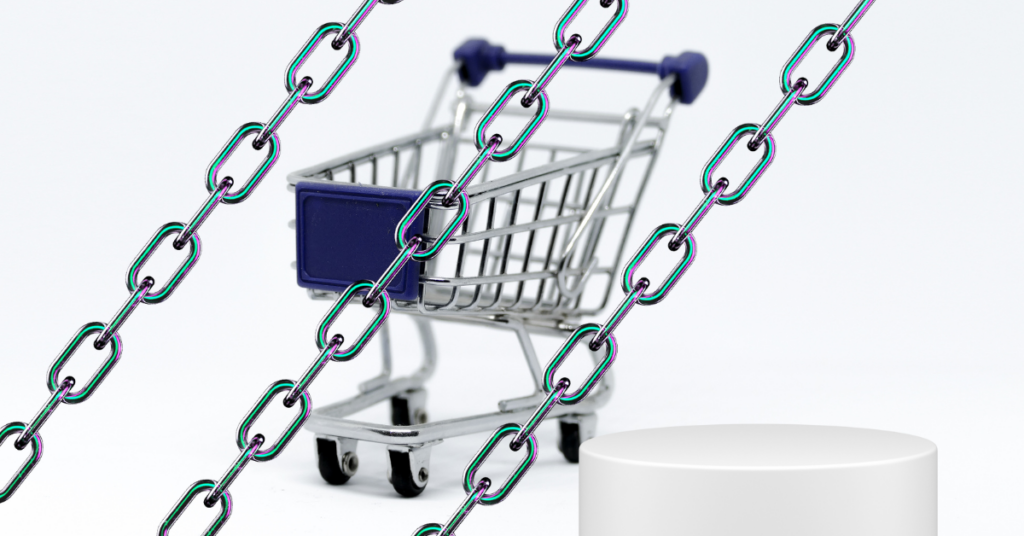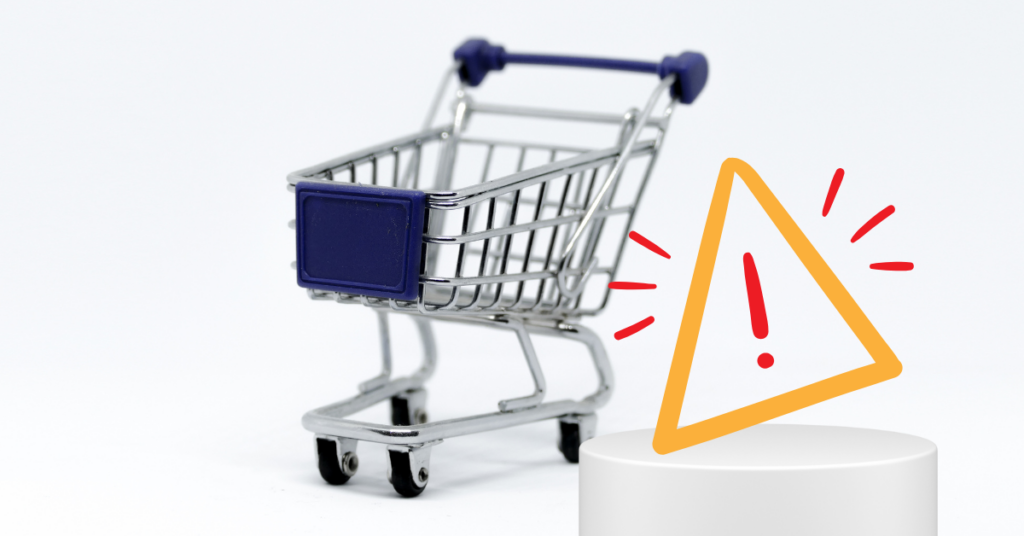
Introduction
The Trap of “Just One Thing”
shopping addiction , we’ve all been there you walk into a store, promising yourself you’ll only grab that one item you need. Perhaps it’s just milk, a light bulb, or a quick bite. Fast forward 20 minutes, and you’re walking out with a cart full of things you didn’t even know you wanted. What happened? This seemingly harmless habit might be a sign of a deeper issue.
Understanding Shopping Addiction
Shopping addiction, often referred to as compulsive buying disorder (CBD), is a behavioral addiction characterized by an irresistible urge to shop, often resulting in excessive spending and feelings of guilt or regret. Unlike a simple love for retail therapy, shopping addiction can lead to financial, emotional, and social challenges. It’s not about the items themselves but the emotional rush of purchasing them.
How ‘Just One Thing’ Becomes a Full Cart
- Retail Triggers: Stores are expertly designed to tempt you. Sales signs, colorful displays, and strategically placed items all aim to catch your attention. You came for milk, but that two-for-one candle deal feels too good to pass up.
- Emotional Shopping: Many of us shop to fill an emotional void. Whether it’s stress, loneliness, or boredom, buying something new provides a temporary dopamine rush. That “just one thing” is a gateway to filling a deeper need.
- The Power of Habit: If you’ve previously indulged in spontaneous purchases, your brain begins to associate shopping with pleasure. Walking into a store, even with a specific goal, triggers this response, making it difficult to resist adding more to your basket.
- The Instagram Effect: Social media, particularly platforms like Instagram, often glorifies shopping experiences. Seoul, for example, is home to some of the most Instagrammable shops in the world. From whimsical K-beauty stores to aesthetic lifestyle boutiques, the visual appeal of these places can make it even harder to stick to “just one thing.” It’s easy to get swept away by the idea of capturing the perfect photo along with that ‘must-have’ item.

Signs of Shopping Addiction
- Impulse Buying: Regularly purchasing items you don’t need or didn’t plan to buy.
- Financial Strain: Spending beyond your means, accumulating debt, or hiding purchases from loved ones.
- Emotional Dependence: Feeling a ‘high’ while shopping, followed by guilt or regret.
- Difficulty Resisting Sales: An inability to leave a store or online shop without buying something.
Breaking the Cycle: How to Shop Mindfully
- Make a List and Stick to It: Before you head out, write down exactly what you need. Resist the temptation to stray from your list.
- Set a Budget: Allocate a specific amount for shopping trips. Consider leaving your credit cards at home and bringing only the cash you need.
- Shop with Intention: Ask yourself, “Do I really need this?” If the answer isn’t a strong yes, put it back.
- Avoid Triggers: If you know certain stores or websites lead to overspending, steer clear of them. If Instagrammable spots are a temptation, limit your exposure and focus on experiences rather than purchases.
- Seek Support: If shopping addiction affects your daily life, consider speaking to a mental health professional. Therapy, especially cognitive-behavioral therapy (CBT), can help address the underlying issues driving compulsive shopping.
Conclusion: Taming the Urge to Splurge
Walking into a store for “just one thing” shouldn’t lead to a mountain of purchases and a wave of regret. By recognizing the signs of shopping addiction and implementing mindful shopping strategies, you can break free from the cycle of compulsive buying. Whether it’s resisting the allure of sales, avoiding the trap of Seoul’s most Instagrammable shops with their picture-perfect displays, or shopping with intention, the goal is to maintain control over your spending and, ultimately, your well-being.



